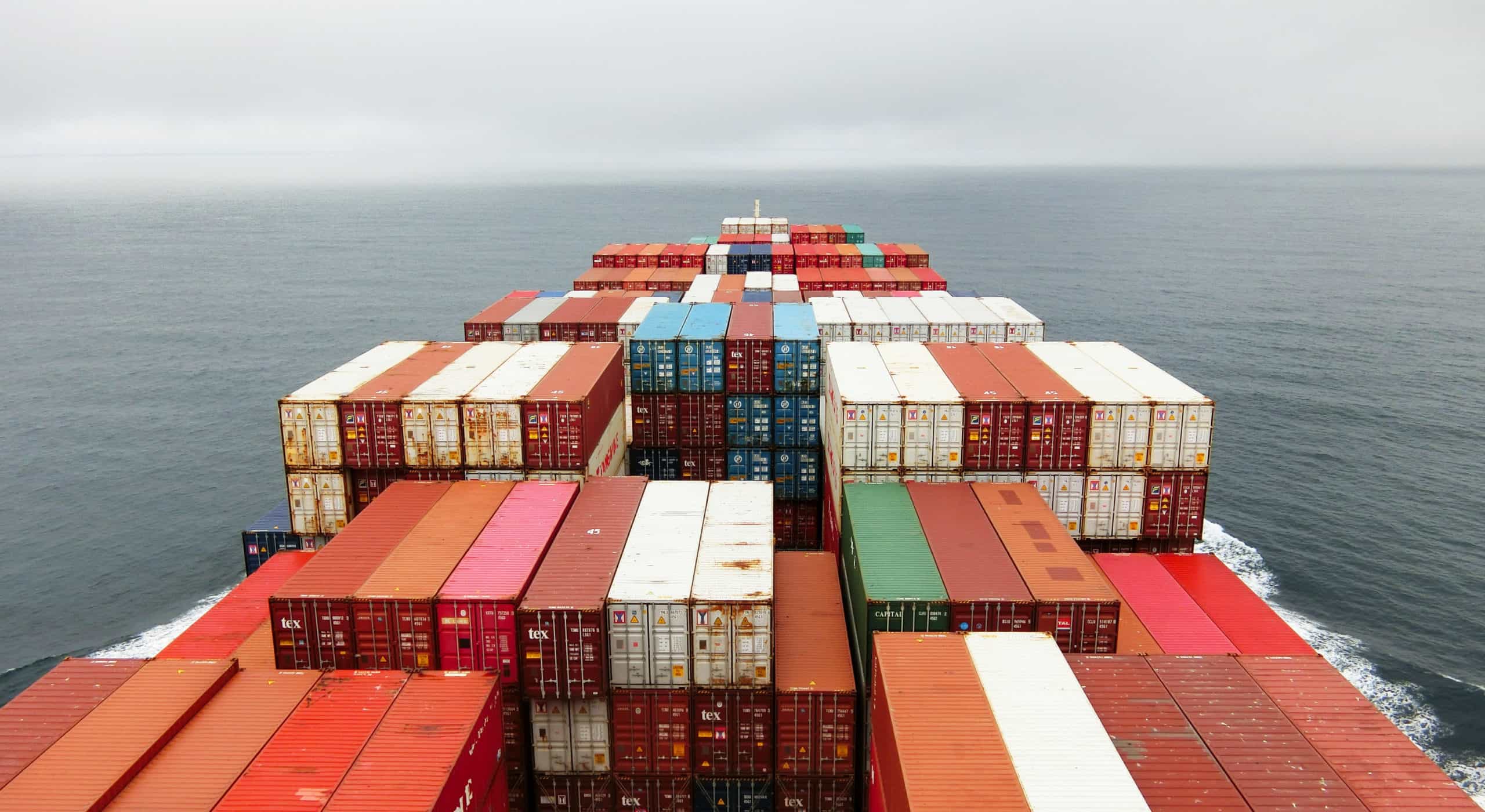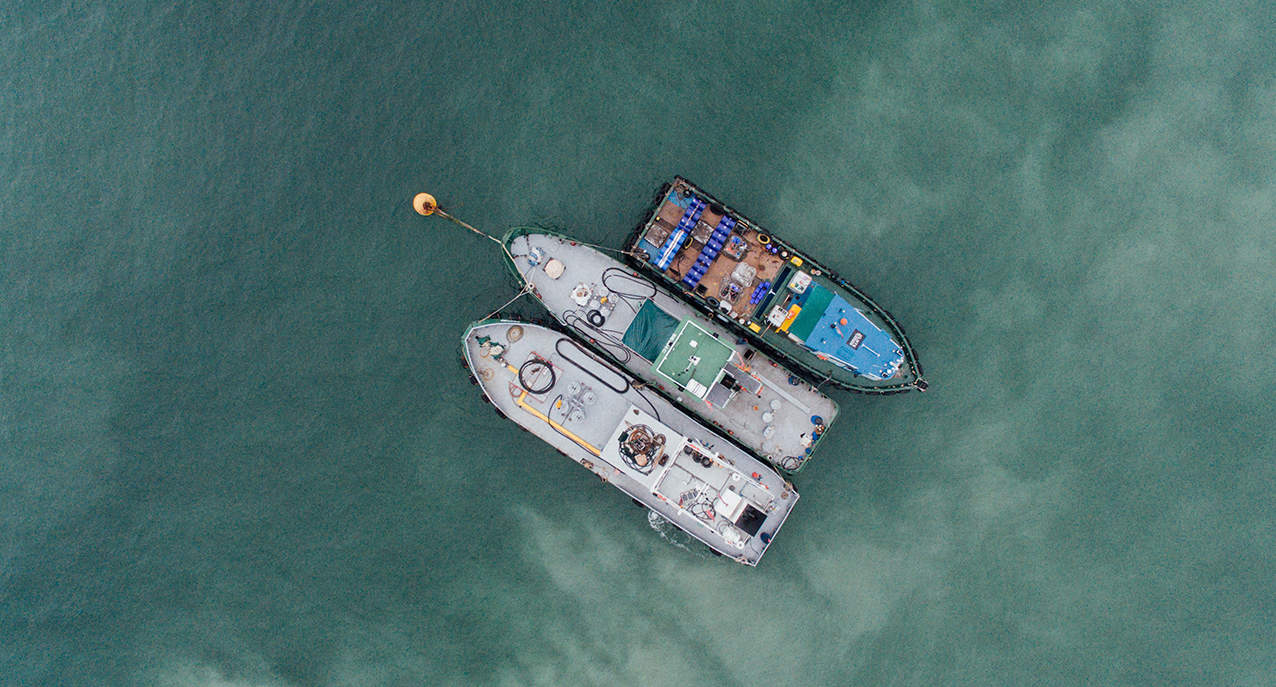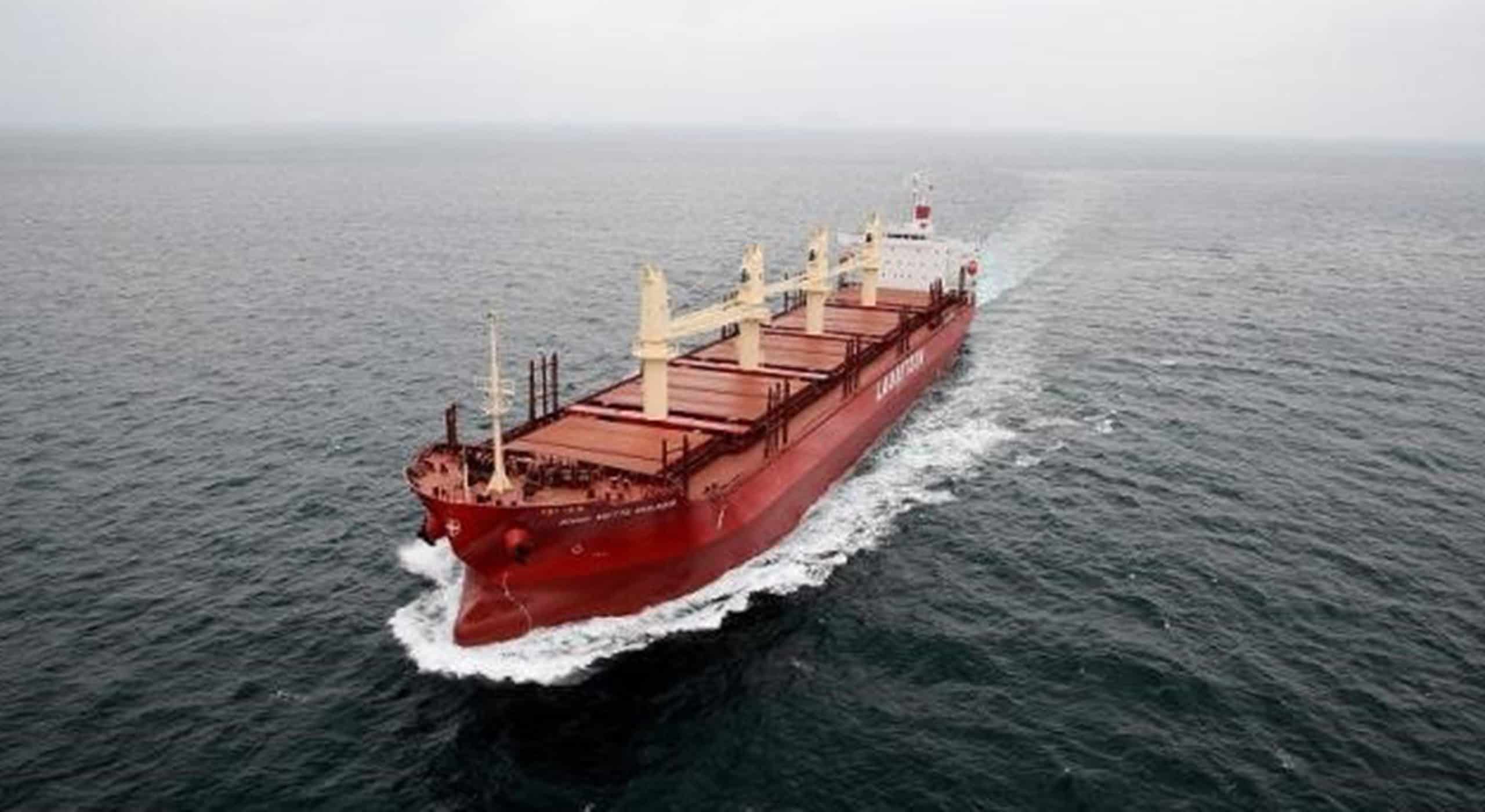How do you repair a container ship in the middle of the Atlantic ocean?
You generally have four options
- Repair the broken parts – Weld, solder, rebuild. This works for smaller problems.
- Replace the broken parts – Fast, simple and guaranteed results.
- Limp to the nearest port – If the ship is still capable of moving on its own
- Get tugged to safety – If the ship is unable to move.
Seems simple enough, if not a bit inconvenient. There is a problem with three out of these four solutions however. Outside of the obvious costs and delays there is a hidden but just as important cost:
- Spare parts, if carried on the ship add dead weight and increase fuel consumption.
- If not carried, they have to be flown in or delivered with another vessel. That can be a lot of fuel wasted for a remote location.
- How about a detour to the nearest dock for repairs? Even more fuel.
- Sending a tug boat and tugging the ship to port? You guessed it. Extra fuel.
The average cargo ship emits somewhere between1.9 – 2.9 kg of equivalent greenhouse gasses per litre of fuel burnt. Shipping is a major contributor to green house gas emissions at about 2,5% of all total emissions or about 13% of the transport sector.
The good news is: the shipping industry is committed to improving fuel efficiency, if not only for the sake of the planet, definitely for the sake of their bottom line.
Can we go CO2 neutral ?
Despite the significant gains in efficiency of individual ships, the total amount of green house gasses emitted stayed constant. This presents a problem: Most of the quick wins related to engine efficiency or reducing drag have already been exploited.
Electrification may be viable on short distances, but we have no alternatives to internal combustion engines when it comes to long haul deliveries.
Manufacturers and operators are now looking at less obvious ways to reduce fuel consumption.
A leader in these efforts is the Green Ship of the Future (GSF) organization.

Green Ship of the Future
Founded (and funded) by Danish maritime industry giants such as A.P. Moller – Maersk, Alfa Laval Aalborg, MAN Diesel amongst others in 2015, it set to achieve the ambitious goal of emission-free maritime transport through exploration and use of new technologies.
Making the right parts when, and where, they are needed
Create it REAL joined the GSF in 2017 with the goal of exploring the possibility of using on board 3D Printers to produce spare parts. The savings potential for CO2e and costs are substantial. When you produce the parts where they are needed it is no longer necessary to carry a large variety and quantity of each component. For the more uncommon parts, costly and long air or water deliveries can be replaced with a simple transmission over satellite internet.
Through the collaboration we delivered 3D printers as well as training tools and videos, to ships and drilling stations, so each crew could be self-sufficient and learn the whole process independently.
In order for the printed parts to be useful, they need to come in a variety of materials.
Throughout the project a large emphasis was placed on experimenting with engineering-grade materials such as ABS, TPU, and even stainless steel.
The goal is to parts that are direct replacements rather than temporary fixes.
One of the stars of the show was metal FDM printing. By using filament infused with metal powder metal FDM printing allows you to 3D print metal parts with a fraction of the cost and complexity of an SLS printer. The small size and low cost and low maintenance comes extra handy when deployed on a ship where conditions are tough and space comes at a heavy premium
Tackling intellectual property issues
Outside of technical difficulties a key component to our maritime solution involves tackling intellectual property issues.
The parts in question come from a large variety of suppliers, and spares often make up a large part of their revenue. They are thus rightfully worried about parts being reproduced without permission, or to make things worse outside of specs.
The deep integration between our hardware and software solutions allow us to not only check rights but also making sure the files are printed with the right process parameters. It also enables us to to keep our files fully encrypted down to the last milliseconds before an instruction is needed, making reverse engineering incredibly hard.
If you want to know more about our secure printing technology or metal FDM printing stay tuned for future articles or follow us on social media. If you have a specific application in mind you can also contact us through our contact form!
*Photo by Hanson Lu on Unsplash
Photo by Rinson Chory on Unsplash





1 Comment